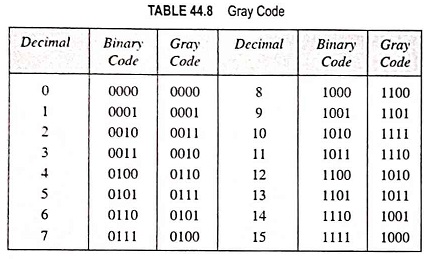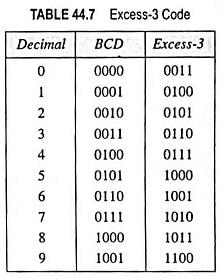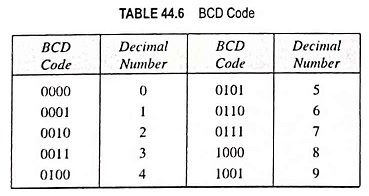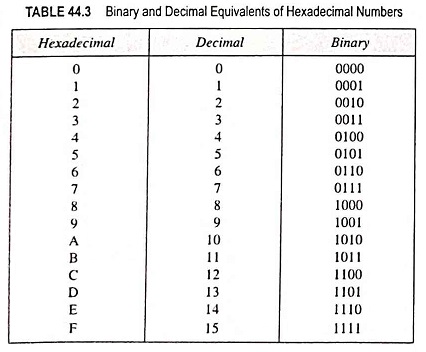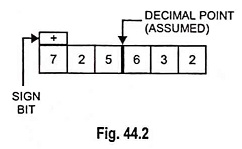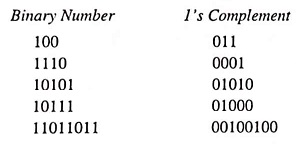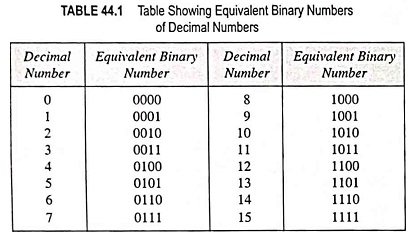What is Alphanumeric Codes? – ASCII code, EBCDIC Code
What is Alphanumeric Codes? - ASCII code, EBCDIC Code: In order to communicate, we need not only numbers but also letters of alphabet, punctuation marks and other special characters. These codes are called alphanumeric codes.…
